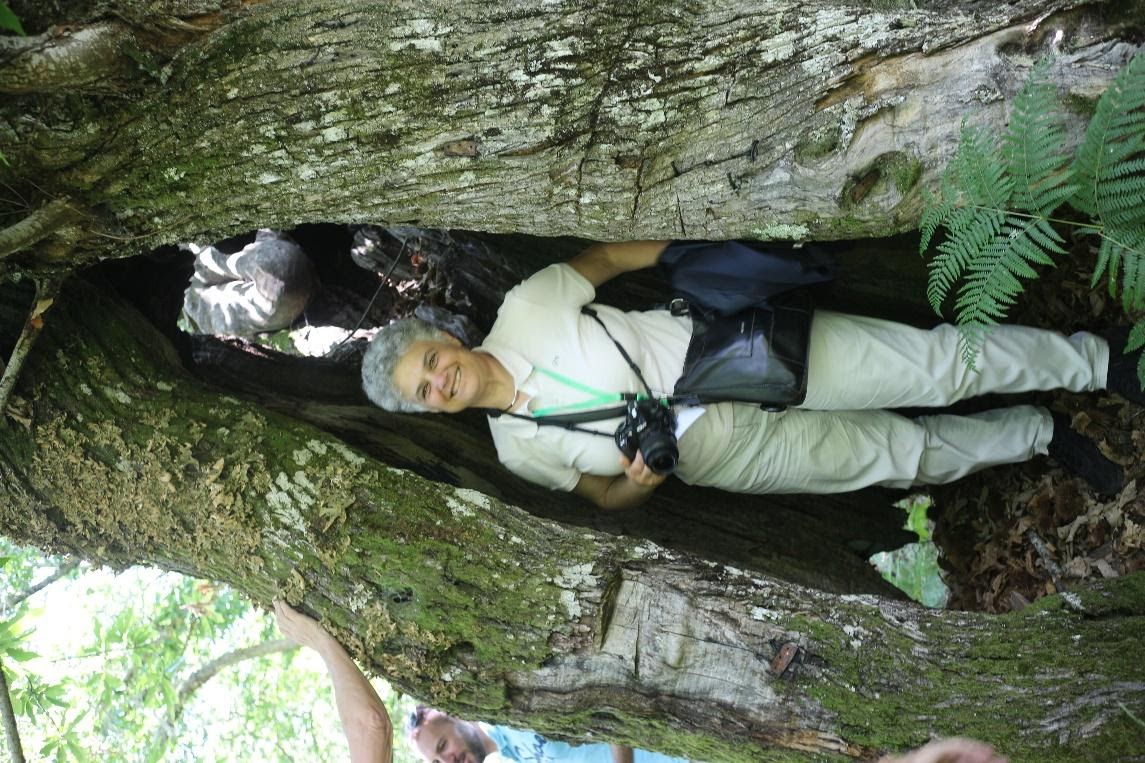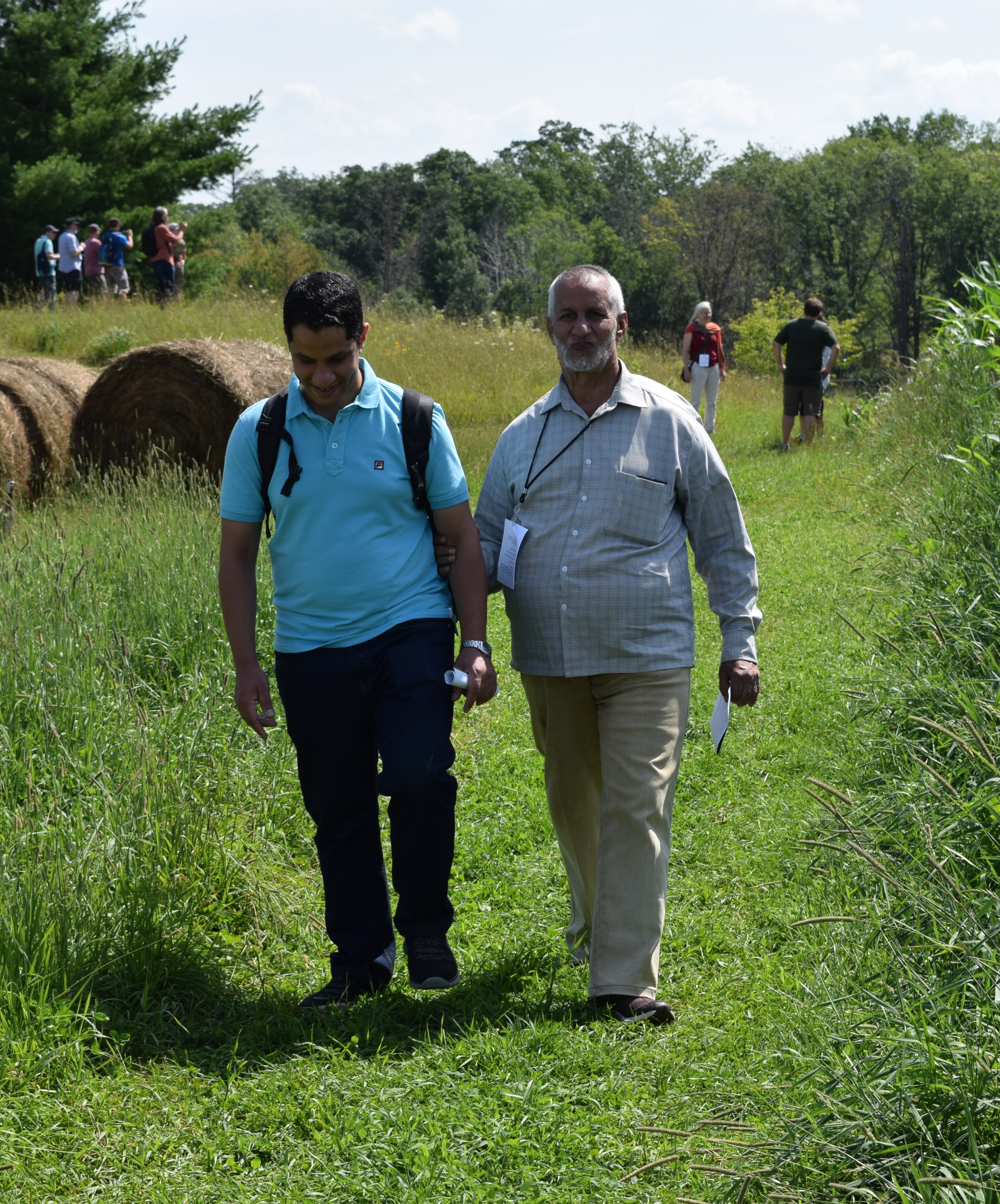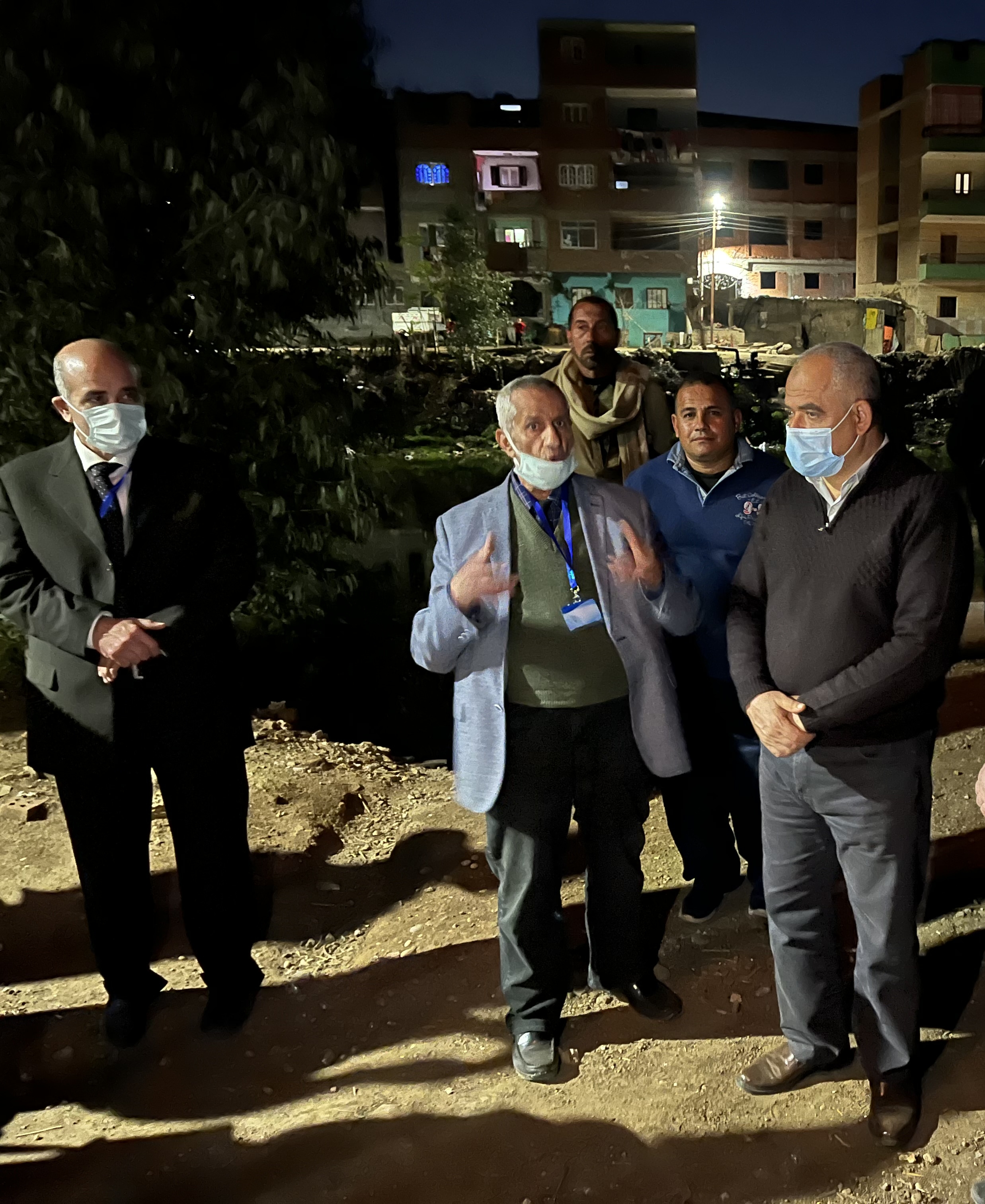In memory of our esteemed colleague and friend, Ana Firmino, Universidade Nova de Lisboa, Professora Catedrática, 1954-2020.

I remember how, at the 2018 world conference on rural geography we organised in Galicia, she was concerned with the conditions of cattle in the intensive farms that we visited then. She was always talking about cork oaks (Quercus suber) and strawberry trees (Arbutus unedo), for her, paradigmatic trees of a smart balance between land and people. She even led an expedition from her university to Pampilhosa da Serra, after the terrible fires of 2017, to reforest the burnt area with strawberry trees. The paper explaining this experience was published in a book edited by the University of Santiago de Compostela in the context of that congress. The picture, by Cornelia Steinhäuser, was taken on one of those days in late July 2018, in a chestnut tree landscape (souto in Galician and Portuguese) we visited in Riós. She was very pleased with the place and said that it was the same than neighbouring Trás-os-Montes, Portugal, her country, of which she was very proud. As usual, she was smiling.
She wanted to visit Croatia next summer ― the conference that was going to be held there has been postponed to 2021 ― and she talked about a giant tree she wanted to know more about the Ginkgo of Daruvar. We hope to go there to honour her.
Until now, I had not grasped the meaning of the word “Smiling” in the motto of the conference that she organised in 2015 in Portugal: “Smart Answers for a Smiling Future”. I think I am beginning to understand. Sit tibi terra levis.
Valerià Paül (Universidade de Santiago de Compostela)
******
Em maio de 2020, deixou-nos Ana Firmino, uma enérgica geógrafa portuguesa. Amava as árvores e os animais, um sentimento que temos de compreender no contexto do que ela considerava ser uma necessária e urgente transição da agricultura para fórmulas de superação do produtivismo.
Recordo-me como no congresso mundial de geografia rural de 2018 que organizámos na Galiza se preocupou com as condições do gado nas explorações intensivas que então visitámos. Falava sempre dos sobreiros (Quercus suber) e dos medronheiros (Arbutus unedo), para ela paradigmas de um equilíbrio inteligente entre a terra e as pessoas. Liderou mesmo uma expedição da sua universidade a Pampilhosa da Serra, após os terríveis incêndios de 2017, para reflorestar a área abrangida com medronheiros. O artigo em que explica essa experiência foi publicado no livro editado pela Universidade de Santiago de Compostela no âmbito daquele congresso. A fotografia, de Cornelia Steinhäuser, foi realizada num daqueles dias de finais de julho de 2018, no souto de Riós que visitámos. Gostou muito do lugar e comentou que era igual ao do vizinho Trás-os-Montes, Portugal, o seu país, do qual se sentia orgulhosíssima. Sorria, como sempre.
Desejava visitar a Croácia este verão ― o congresso que ia aí celebrar-se ficou adiado para 2021 ― e falou de uma árvore gigante que queria conhecer: o Ginkgo de Daruvar. Haveria de lá ir homenageá-la.
Até agora, não tinha percebido o sentido da palavra “Smiling” no lema do congresso que organizou em 2015 em Portugal: “Smart Answers for a Smiling Future”. Acho que o começo a compreender. Sit tibi terra levis.
Valerià Paül (Universidade de Santiago de Compostela)
In memory of Prof. Dr. Salah Abdel-Gaber Ghonim Eisa, 1951-2023

Prof. Dr. Salah Abdel-Gaber Ghonim Eisa (1951-2023) was a prominent Egyptian geographer who specialized in Rural Geography early in his career and we remember him fondly for his enthusiastic dedication to Geography. We also celebrate him for his love of poetry and the arts. Indeed, Prof. Eisa often composed poems which he recited publicly on special occasions. He was deeply committed to the internationalization of Egyptian and Arab Geography and steadfastly promoted worldwide these schools of Geography, with their particular case-studies, themes and approaches.
Prof. Eisa earned his Bachelors, Masters and PhD degrees from Cairo University, and spent his professional life as a Professor at the University of Menoufia, located in the heart of the Nile Delta. He dedicated a significant part of his research to this outstanding region, focusing specifically on opportunities and challenges of water usage from the Nile River, including farmland irrigation, urban demands and leisure uses, as well as the environmental, planning and development implications of this life-giving and contested resource.
Prof. Eisa’s profound commitment to the Commission on the Sustainability of Rural Systems of the International Geographical Union (IGU CSRS) began in 2014 at the 22nd Colloquium meeting, held in Bucharest and the Carpathians. He was a regular participant to the IGU CSRS annual colloquia with his wife and, in the last occasions, with his son practitioner. The first picture captures Prof. Eisa with his son while doing fieldwork on a rural Wisconsin farm.
He was passionate about hosting the annual IGU CSRS Colloquium in Egypt. In 2022 he graciously welcomed the IGU CSRS family for the 29th Colloquium, our first in-person event post-COVID. It was a magnificent opportunity to learn in situ about his research on rural Egypt, including his deep concern about precarious rural housing. One evening, he took the participants to see some rural houses, next to a deltaic channel, where he gave detailed explanations, a moment captured in the second photo. Prof. Eisa’s goal was to convey a diverse image of rural Egypt, driven by demographic growth, tourism development and agricultural industrialization standing alongside severe environmental and planning challenges such as pollution, urban encroachment and shoreline retreat.
As we observed the week we spent in Egypt, Prof. Eisa inspired a powerful school of Egyptian Rural Geography. Today, his many doctoral students carry on his teachings at universities across Egypt. In order to spread his research worldwide, and to promote knowledge of the Rural Geography of Egypt, Prof. Eisa included among the materials which he prepared for the 29th Colloquium the book titled Egyptian Contributions in Congresses, Conferences and Colloquia of the International Geographical Union, a nearly 400-page volume of his papers presented at IGU CSRS colloquia since 2014, translated into English. One of his articles contributed to these colloquia appeared as a peer-reviewed paper in the journal of the Catalan Society of Geography: https://revistes.iec.cat/index.php/TSCG/article/view/150032. Reading it is a good tribute to him. His thoughtful presence, kindness and deep commitment to Geography will be fondly remembered by the entire global rural geographic community.
Dr. Valerià Paül, Co-Chair of the IGU CSRS, Associate Professor of Geography at the University of Santiago de Compostela Dr. Holly Barcus, Vice-President of the IGU, previous Co-Chair of the IGU CSRS, Professor of Geography at Macalester College
